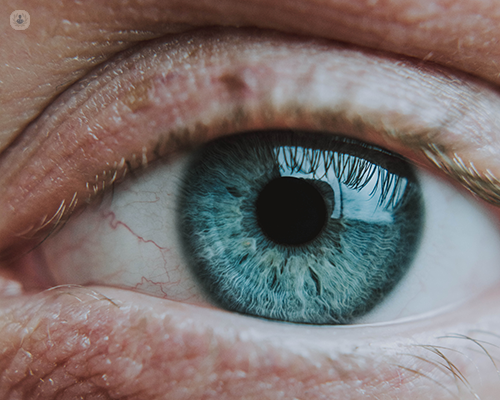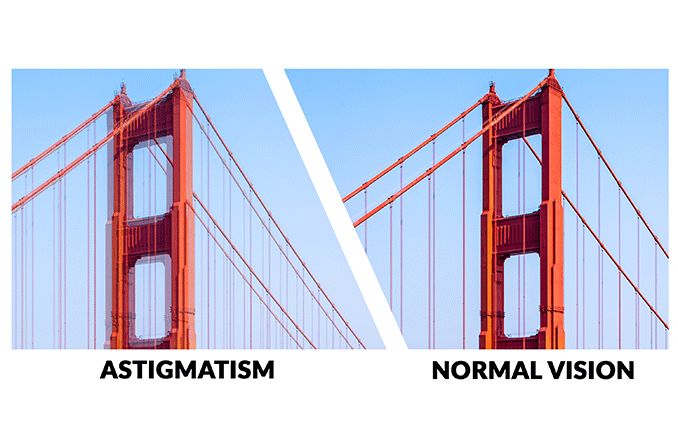Myopia vs hyperopia
Myopia vs hyperopia is a number of differences that differentiate both of the refractive errors in a prominent way. Their differences are given below: Definitions and power in myopia vs hyperopia The type of refractive error in which the image forms in front of retina is myopia. The overall power of the eye increases in…



